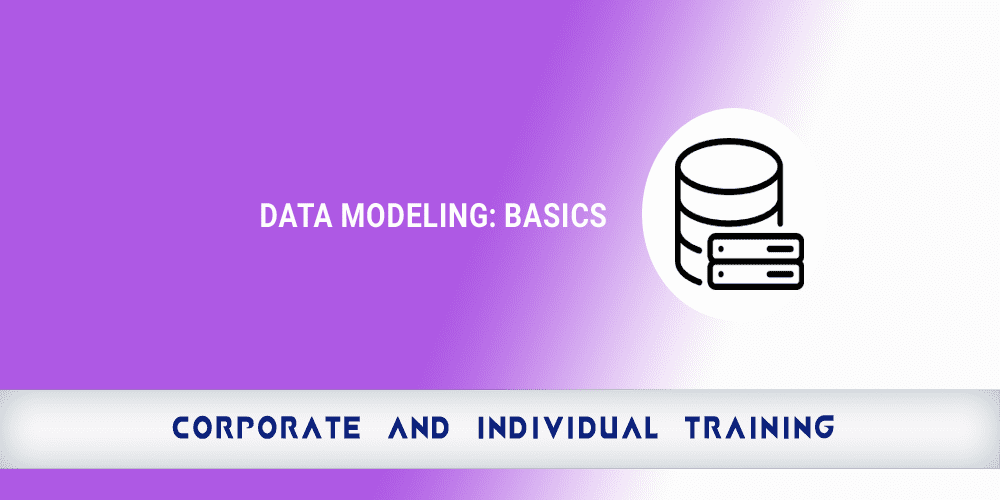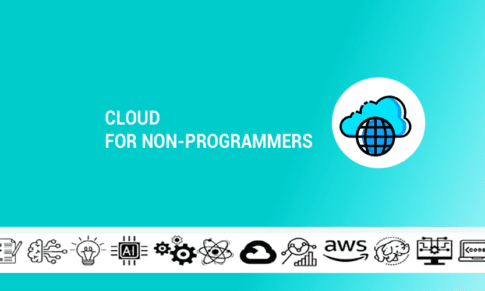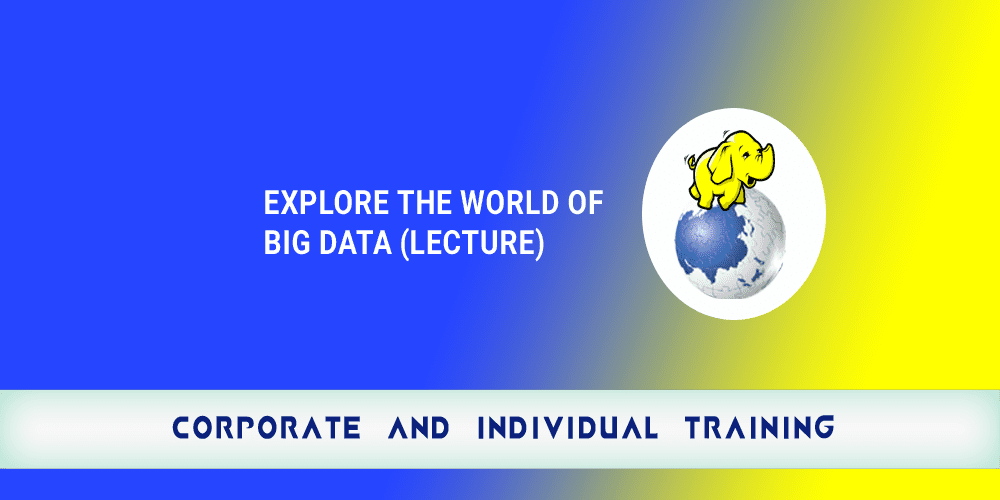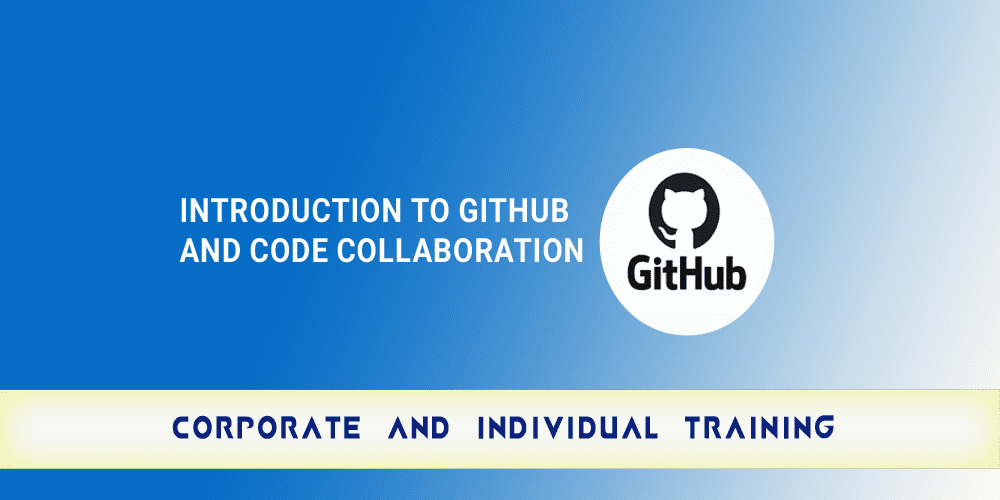- Overview
- Prerequisites
- Audience
- Curriculum
Description:
Cluster analysis is a vital component of unsupervised learning and data science. In this short session, we will explore the couple of unsupervised learning techniques – perform data clustering, reduce data dimensionality.
Setup:
Because this is an abbreviated session, attendees MUST install Anaconda software https://www.anaconda.com/ and have a basic understanding of using Jupyter Notebook.
Course Code/Duration:
BDT114 / 90 Minutes
Learning Objectives:
We will learn the following about the recommendation systems:
- Build a model to create clusters from data. Understand the intuition behind what principal component analysis (PCA).
- Build a simple PCA model to reduce dimensionality of data
Basic understanding of python language, pandas library and understanding of how to use Juypter Notebook.
- This session is designed for anyone who is familiar with basic steps involved in machine learning and are familiar with tools involved in building machine learning models.
Course Outline:
Introduction to Unsupervised Learning
- Definition and key concepts of unsupervised learning in machine learning.
Clustering Algorithms
- Overview of popular clustering methods (e.g., K-means, Hierarchical clustering) and their applications.
III. Dimensionality Reduction
- Techniques such as Principal Component Analysis (PCA) and t-Distributed Stochastic Neighbor Embedding (t-SNE) for reducing the dimensionality of data.
Real-world Applications and Best Practices
- Practical examples of unsupervised learning applications, along with best practices for model evaluation and interpretation.
Training material provided: Yes (Digital format)
The curriculum is empty
[INSERT_ELEMENTOR id="19900"]






